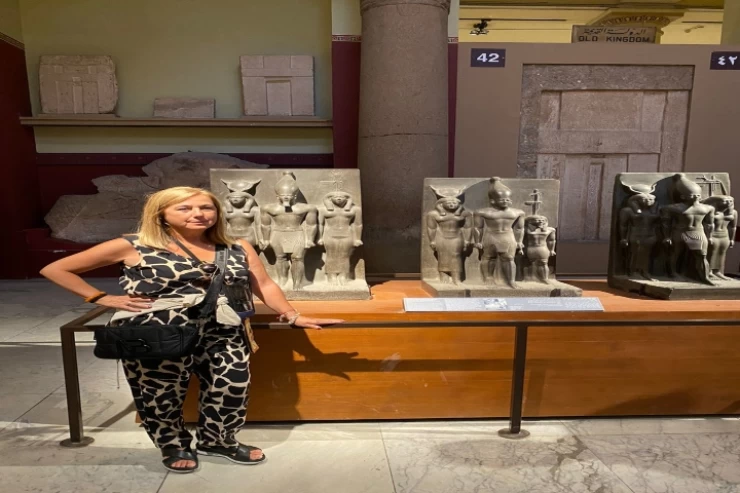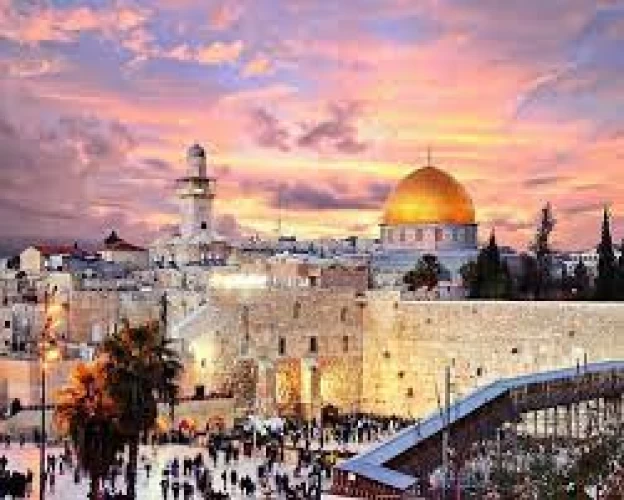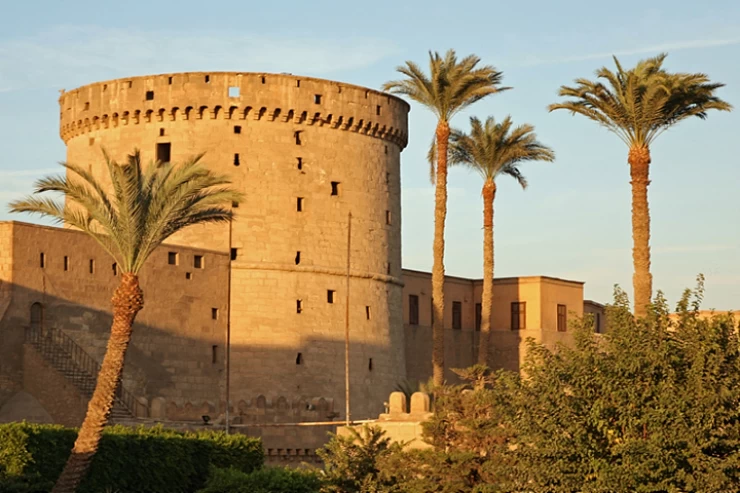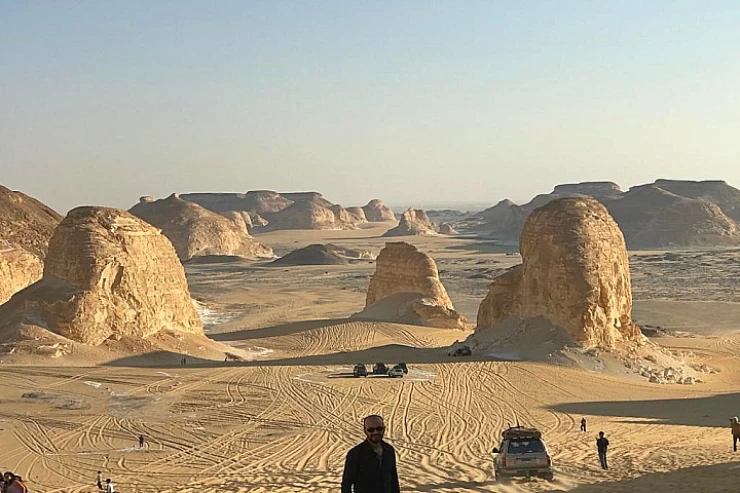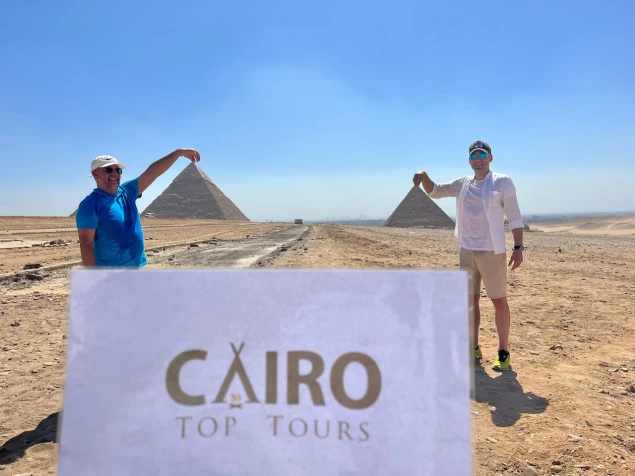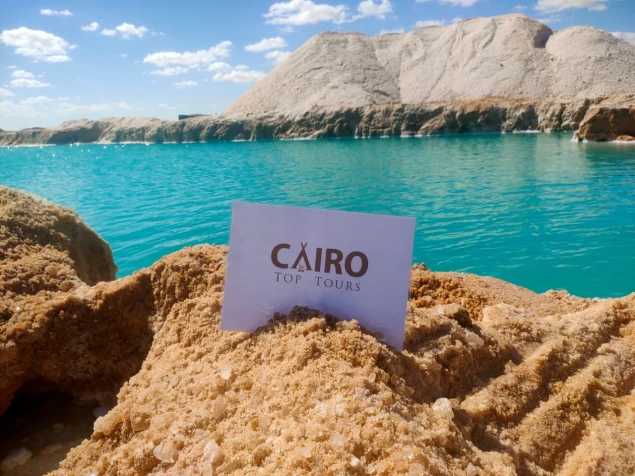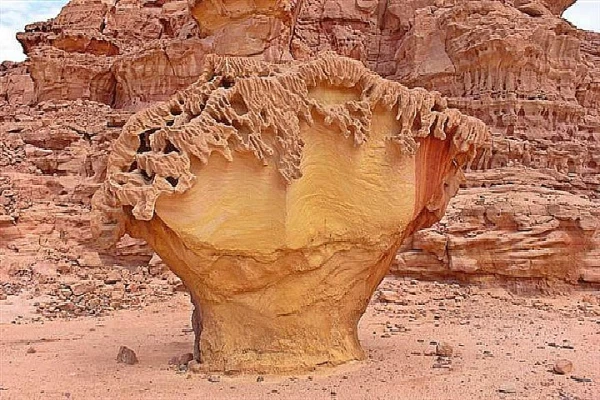
Ain Khadra in Farafra Oasis Egypt
The Roman eyes or superficial eyes have been the main source of life for the people of oases since the earliest times, and they were called Roman because they date back to the Roman era in Egypt, while before this era the oases depended on the so-called"Manawar" as a source of water, and"Ain Khadra" is one of the most important Roman eyes in the White Desert Reserve in the center of Farafra.
Abdullah Ali, a teacher of the history of Farafra, told Al-Bawaba that ain Khadra is one of the oldest Roman eyes in the Oasis and its people called it"homeland" by breaking the Wau, and Ain al-Wadi due to its presence in a depression, which was the place where the inhabitants of the region lived before moving to the Farafra Palace or the city of Farafra currently in 1840 ad, and after this date the area turned as a watering place of beauty and a place of rest for the son of Farafra on his trip to the Navy or the Nile Valley, to supply goods and his basic needs from there by selling olives, apricots, dates, and buying sugar and his other needs.
Dr. Mohammed Jibril, director of the White Desert Reserve in Farafra, and one of the Sons of the Oasis, says that the youth of the Oasis recite every period of eye hygiene and its watering, especially to distinguish the depth of the water resulting from it because it is self-flowing water and therefore natural purification occurs through the layers of the earth below, and the youth of the Oasis erected a concrete cover over it so as not to be exposed to backfilling or dumping any waste inside it affects the rate of water exit from it, and the youth of the Oasis gather every period of time and go to the eye to clean it periodically believing in the importance of the eye for them.
Jibril added that Al Ain is surrounded by palm plantations and trees planted by ancestors in the area, so its visitors are always keen to eat dates from them and rest in the shade of its lush trees.
He also pointed out to me that the borders of Al Ain have a wall next to which the old residents of the Oasis are buried, in addition to the fact that Al Ain is bordered in the southern part by an area called by the old residents of the Oasis "Ras Al-Hikma", a place where the elders of the Oasis and its senior men were sitting.
He pointed out to me that ain Khadra passes through and is bordered by several ditches and Earth passages from the western part, the reason for their existence is not yet known scientifically, but some are likely trenches used in ancient wars, and some confirm that they are water collection channels or what is called "skylights" and several years ago an Italian archaeological expedition carried out several excavations in the area and brought out mummies, and we do not know yet what the fate of these excavations and their results are.
Jibril demanded that the governorate, the state, the Ministry of antiquities and the concerned authorities intervene in completing the excavation and Archaeological Survey of the area, announcing the results of these missions and intensifying tourist propaganda to promote an area considered one of the most important tourist areas located in the White Desert Reserve.
Mohammed Salem, an antiquities inspector at the Farafra center, adds that the Ain Khadra area is an important heritage place for the people of the Oasis and has recently turned into a tourist shrine, but it needs intensive media publicity on satellite TV, especially since many of the Oasis ' people work in the field of safari tourism and camps that are spread in Farafra and constitute a source of income and economic return for them.







